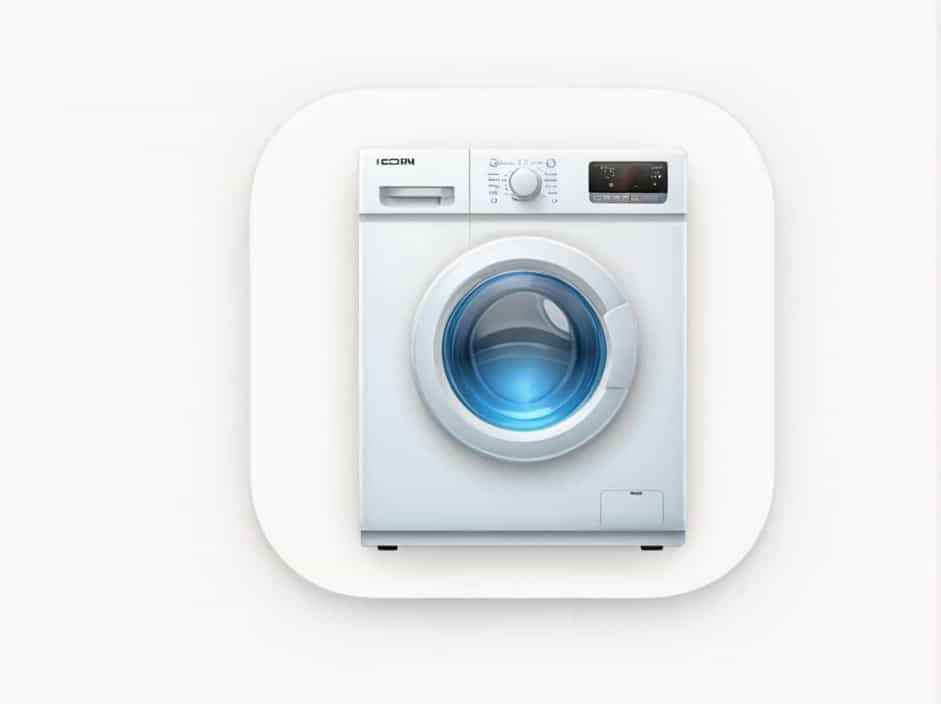When using a washing machine, you may come across the term “normally soiled” in wash cycle settings or detergent instructions. But what exactly does it mean? Understanding this term can help you select the right wash cycle, optimize cleaning performance, and extend the lifespan of your clothes.
In this topic, we will explain the meaning of “normally soiled”, how it differs from light or heavily soiled loads, and provide useful tips for washing different types of laundry effectively.
1. What Does “Normally Soiled” Mean in a Washing Machine?
The term “normally soiled” refers to everyday dirt and stains that accumulate on clothes after regular wear. These are not heavily stained or extremely dirty items, but they are also not lightly worn clothes that need minimal cleaning.
Examples of Normally Soiled Clothes
✔ Everyday workwear (office shirts, casual pants, T-shirts)
✔ School uniforms worn for a full day
✔ Sleepwear and loungewear used for a few days
✔ Towels and bedsheets used for a week
✔ Socks and underwear after one wear
Typically, sweat, body oils, dust, and minor food stains are considered normal soil levels.
2. How Does “Normally Soiled” Differ from Other Soil Levels?
Washing machines often have different soil level settings, including light, normal, and heavy. Understanding these options ensures better cleaning and fabric care.
| Soil Level | Definition | Examples | Recommended Wash Cycle |
|---|---|---|---|
| Lightly Soiled | Minimal dirt, no visible stains | Lightly worn shirts, summer dresses | Quick or delicate wash |
| Normally Soiled | Everyday dirt and sweat, minor stains | Work clothes, school uniforms | Standard wash cycle |
| Heavily Soiled | Deep stains, mud, grease, or heavy sweat | Sportswear, work uniforms | Heavy-duty wash cycle |
Selecting the right setting prevents overwashing delicate fabrics and ensures proper stain removal for heavily stained items.
3. The Best Wash Cycle for Normally Soiled Clothes
Most washing machines have preset wash programs designed for different soil levels. For normally soiled clothes, the standard wash cycle is ideal.
A. Recommended Wash Settings
✔ Cycle Type: Normal, Cotton, or Standard Wash
✔ Water Temperature: Warm (30-40°C or 86-104°F)
✔ Spin Speed: Medium to high
✔ Detergent Amount: Standard measurement (check detergent instructions)
Using warm water helps break down oils and dirt effectively without damaging most fabrics.
4. Choosing the Right Detergent for Normally Soiled Clothes
Using the right detergent type and amount improves cleaning performance while preventing residue buildup on clothes and inside the washer.
A. Liquid vs. Powder Detergent
✔ Liquid Detergent – Best for oil-based stains and works well in cold water.
✔ Powder Detergent – More effective for removing mud, dirt, and body oils.
✔ Pods or Capsules – Pre-measured and convenient, suitable for normal loads.
B. Detergent Dosage for Normal Soil Level
✔ HE (High Efficiency) Washers: Use half the recommended dose to prevent excess suds.
✔ Standard Washers: Follow detergent label instructions.
✔ Soft Water Areas: Use less detergent to avoid over-foaming.
Adding too much detergent can leave residues, while too little may not clean properly.
5. How to Wash Normally Soiled Clothes Properly
Follow these simple steps to get the best results when washing normally soiled items.
A. Sort Your Laundry
✔ Separate light colors, darks, and heavily soiled items.
✔ Avoid mixing delicate fabrics with rougher materials like denim.
B. Load the Washer Correctly
✔ Do not overload the drum-leave space for clothes to move.
✔ Place larger items first, then smaller ones to balance the load.
C. Select the Right Wash Settings
✔ Choose the Normal or Cotton cycle.
✔ Set warm water temperature for better cleaning.
✔ Adjust spin speed based on fabric type (high for towels, medium for everyday clothes).
D. Add the Right Amount of Detergent
✔ Measure detergent according to the soil level and load size.
✔ Use fabric softener if desired, but avoid excess to prevent buildup.
E. Dry Clothes Properly
✔ Air-dry delicate items to prevent shrinkage.
✔ Use a medium heat setting in the dryer for cotton and everyday wear.
Following these steps keeps clothes fresh, clean, and in good condition for longer.
6. Tips for Removing Stubborn Stains from Normally Soiled Clothes
Sometimes, normally soiled clothes may have small stains that need extra attention.
A. Pre-Treating Common Stains
✔ Sweat stains: Apply a paste of baking soda and water before washing.
✔ Food stains: Use liquid detergent or dish soap to break down grease.
✔ Ink stains: Dab with rubbing alcohol or hand sanitizer before washing.
B. Use a Stain Removal Booster
✔ Add oxygen bleach (color-safe bleach) for brighter whites.
✔ Use enzymatic detergents for protein-based stains like sweat and food.
Pre-treating stains ensures they do not set permanently, making washing more effective.
7. Frequently Asked Questions (FAQs)
Q1: Can I use cold water for normally soiled clothes?
✔ Yes, but warm water (30-40°C) is more effective for removing sweat and body oils.
Q2: How often should I wash normally soiled clothes?
✔ Everyday wear like shirts and socks – After one wear.
✔ Jeans and sweaters – After 3-5 wears.
✔ Bedsheets and towels – Once per week.
Q3: What happens if I use the wrong soil level setting?
✔ Using a light cycle for normal loads may result in poor cleaning.
✔ Using a heavy cycle unnecessarily can cause fabric wear and higher energy use.
Understanding “normally soiled” in a washing machine helps you choose the right wash cycle, water temperature, and detergent amount for effective cleaning.
By following proper laundry techniques, sorting clothes correctly, and using the appropriate detergent, you can keep your clothes fresh and in great condition while saving energy and water.
